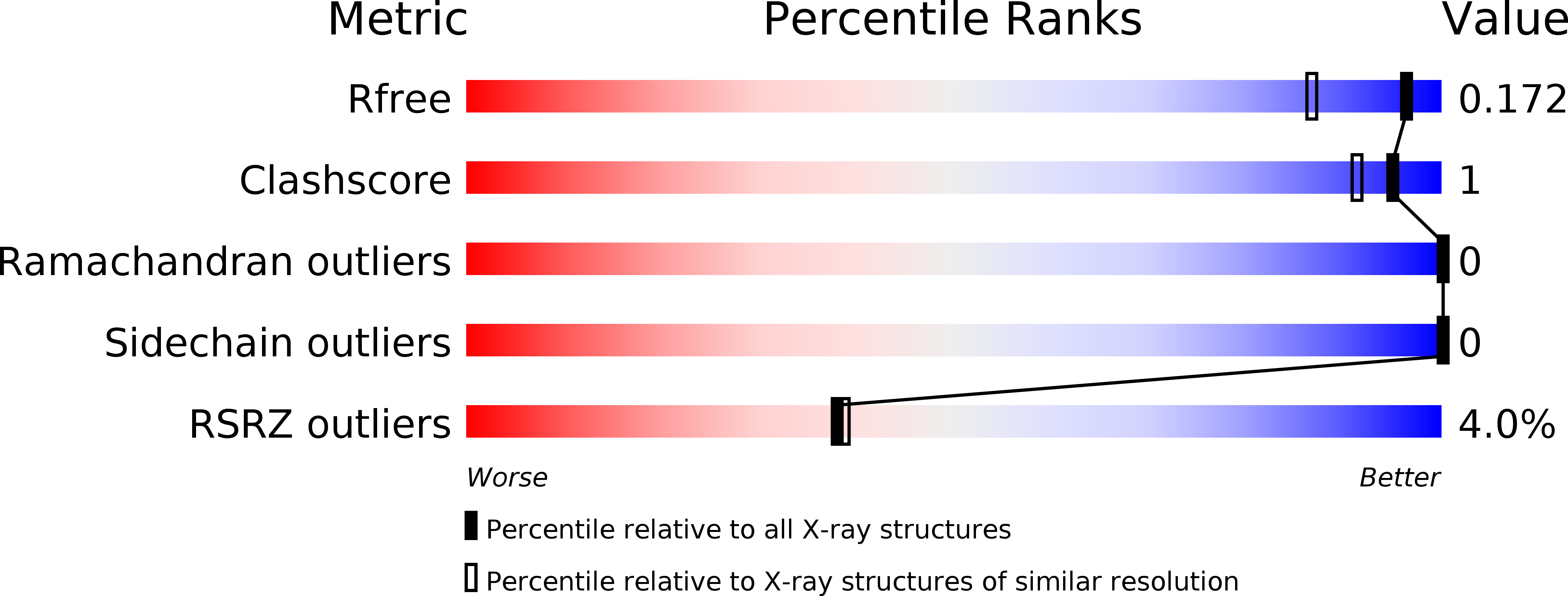
Deposition Date
2017-06-06
Release Date
2017-08-02
Last Version Date
2024-03-13
Entry Detail
PDB ID:
5W2F
Keywords:
Title:
Crystal Structure of the C-terminal Domain of Human eIF2D at 1.4 A resolution
Biological Source:
Source Organism:
Homo sapiens (Taxon ID: 9606)
Host Organism:
Method Details:
Experimental Method:
Resolution:
1.40 Å
R-Value Free:
0.17
R-Value Work:
0.14
R-Value Observed:
0.14
Space Group:
P 43 21 2


